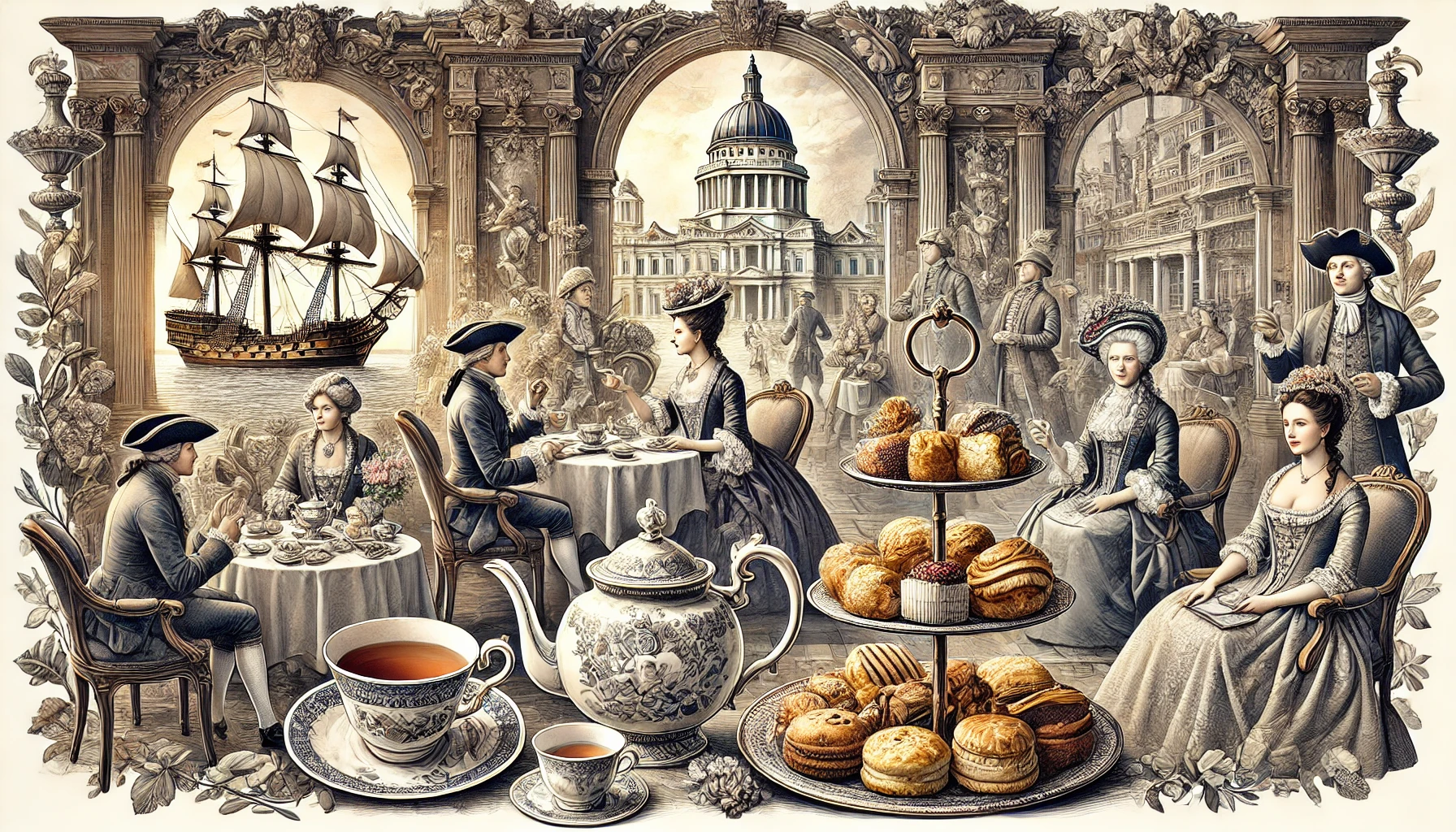Tea is deeply ingrained in British culture, symbolizing hospitality, tradition, and social gatherings. The history of British tea dates back to the 17th century when it was first introduced by Portuguese and Dutch traders. In 1662, Catherine of Braganza, the Portuguese wife of King Charles II, popularized tea drinking among the English aristocracy, setting the foundation for the nation’s tea culture.
By the 18th century, tea had become a staple beverage across all social classes, leading to the establishment of tea houses and the famous British afternoon tea tradition. Anna, the Duchess of Bedford, is credited with creating afternoon tea in the 1840s, a practice that continues today with delicate sandwiches, scones, and fine tea.
The British East India Company played a crucial role in the tea trade, sourcing tea from China before expanding to India and Sri Lanka in the 19th century. This led to the rise of famous tea regions such as Darjeeling and Assam. Today, Britain remains one of the world’s largest tea consumers, with black tea and milk being the most common preparation. Whether enjoyed as a comforting daily ritual or as part of an elegant afternoon tea, tea remains an essential part of British life.



コメント